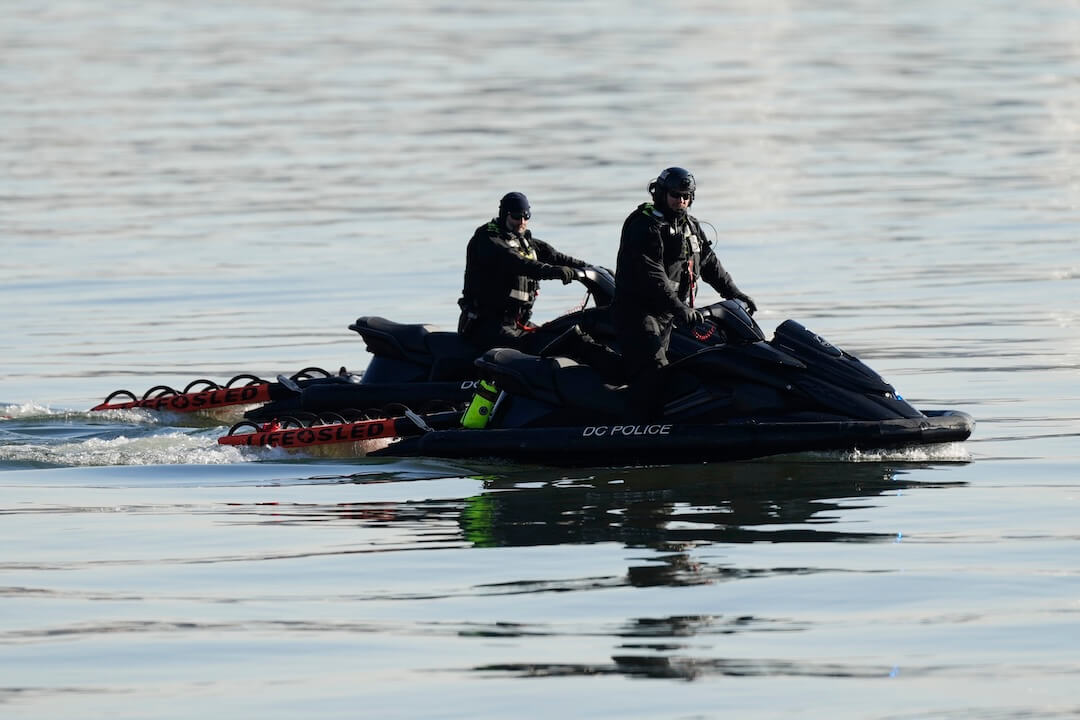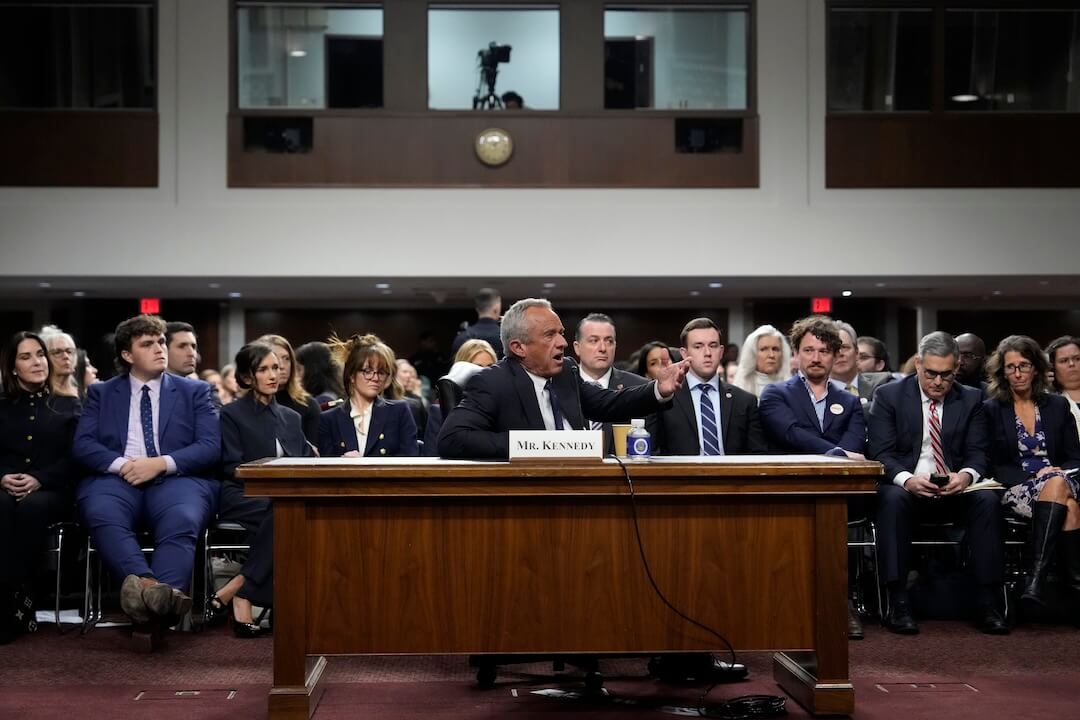An assigning editor wanted to know how she could make better use of the different backgrounds in her newsroom to improve news coverage. As a reporter, she had heard her colleagues talk about a variety of story ideas. But now, in her new role as an editor, she noticed few of them voicing their views at the news meetings.
The problem, she felt, was that the editor who ran the news meetings appeared unreceptive to story ideas different from his own. He wasn’t, she said. But others thought he was. So everyone offered the same safe, stale story ideas.
For some, dealing with diversity on any level presents challenges. Diversity acts as its own lightning rod in many newsrooms. Taking a leadership role in addressing it might make some journalists feel like the painting I’ve seen of Ben Franklin experimenting with electricity by flying a kite with a key in a lightning storm. Sometimes you’re not sure where, or whom, the lightning will hit.
Lightning can illuminate. And it can incinerate.
If we want illumination rather than incineration, we need a safe setting. That’s what we tried to create during our diversity discussion. Even the title sought to set the mood for a more inviting environment: “At Ease with Aly and Friends.” (The title was suggested by Jill Geisler, Poynter’s leadership group leader and the creator of the NNLW, who wanted the title to set the stage for what was to come.)
The “friends” in this case were Thomas Huang, Texas Living Editor of the Dallas Morning News (and a regular contributor to this column) and Ken Jobe, news director for WHBQ-TV in Memphis, Tenn.
The three of us wanted to make everyone feel comfortable. The more relaxed you feel, the more open and honest you can be. We knew that the hotel theater setting doesn’t work. We wanted a more intimate setting. So we moved the seats around and sat close together. Everyone leaned forward, ready to listen, eager to share.
Then we explained what we wanted to accomplish and explained the ground rules. Thomas, Ken, and I would serve as facilitators of this conversation. But we hoped that everyone, including the facilitators, would come away learning something from the experience.
We wanted everyone to feel they could ask anything and receive a response aimed at helping — not hurting — the questioner. So we encouraged people to think in terms of what could be offered as support and solutions rather than act as a jury and tender judgment.
To get the conversation rolling, we began with a question aimed at finding out what they were most concerned about when it came to diversity. We asked them to take a few minutes to write at least one thing down. Then we let everyone voice a concern, one at a time, without any immediate feedback.
The litany of concerns filled the room.
- How do I avoid an inaccurate reflection of my community while at the same time not pandering to particular groups?
- How do I keep from assigning reporters to particular stories just because their gender, race, or other personal factors match the issue or group being covered?
- How do I address ethnic cultural events, as well as being aware of important situations to diverse communities?
- How do I avoid the assumption that a journalist of color will share the same perspective I do on the coverage of news?
- How do I change from doing coverage of news that just focuses on momentary diversity issues, crises, or holidays?
The concerns gave way to struggles, stories and suggestions. Some spoke. Others listened. Then other people shared and the speakers listened. A conversation ensued. Ideas emerged. New options crystallized for some. Affirmation of the challenge occurred for others. The group process enabled everyone to teach and learn from each other.
So how could you do something like this? Here are some suggestions. (Feel free to share some of your own.)
- Pick a place that lends itself to comfortable conversations.
- Consider offering food. Breaking bread beats breaking heads.
- Keep the groups a size that lends itself to interactive discussion. (“Fantastic!” a news leaders’ workshop participant wrote in the evaluation of the leadership and diversity session. “It was even better because it was a small group.”)
- Set ground rules at the outset of the discussion. Identify someone to moderate but not dominate the conversation. Everyone should feel free to talk, share, teach and learn.
- Focus on pursuing excellence in journalism. Keep the conversations centered on issues not individuals; stories not statements; suggestions not slams; examination not excoriation. (see sidebar by Keith Woods on Talking across Difference)
- Be open to different ideas.
- Make it possible for people to take a risk with a question without feeling they’ll be judged for it.
- Listen. Listen. Listen.
Here’s what I want to emphasize about how leaders should address diversity: comfort creates conversation. Conversation sparks ideas, suggestions, story approaches, and management opportunities. And all of that provides the potential for engaging in a more complete coverage of the world we inhabit.
* Sponsors of the NNLW included Poynter, RTNDA, ASNE, APME.
[ How do you ensure comfort in discussions about and across difference? ]





